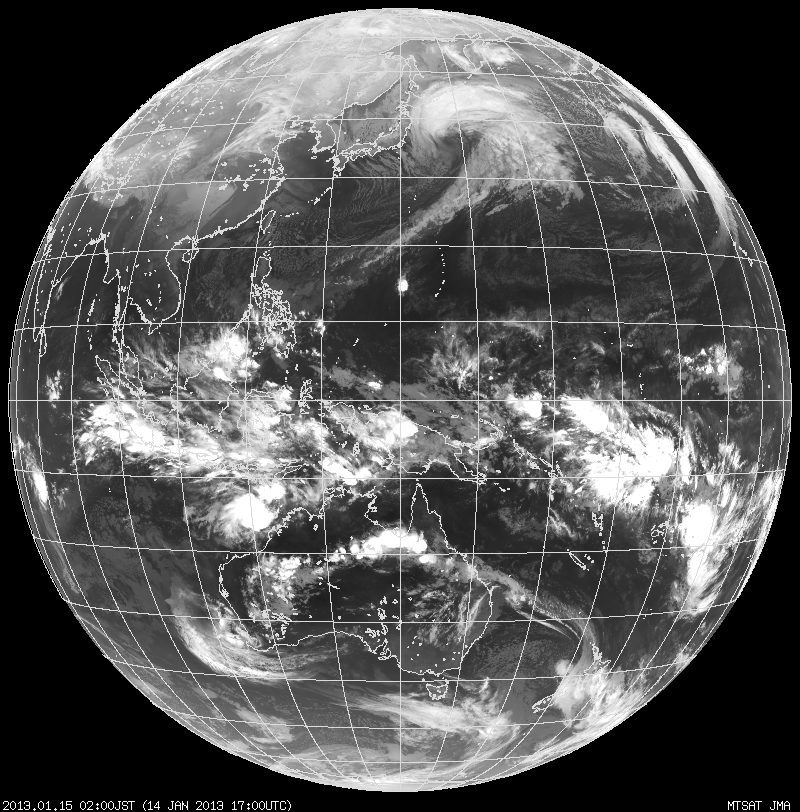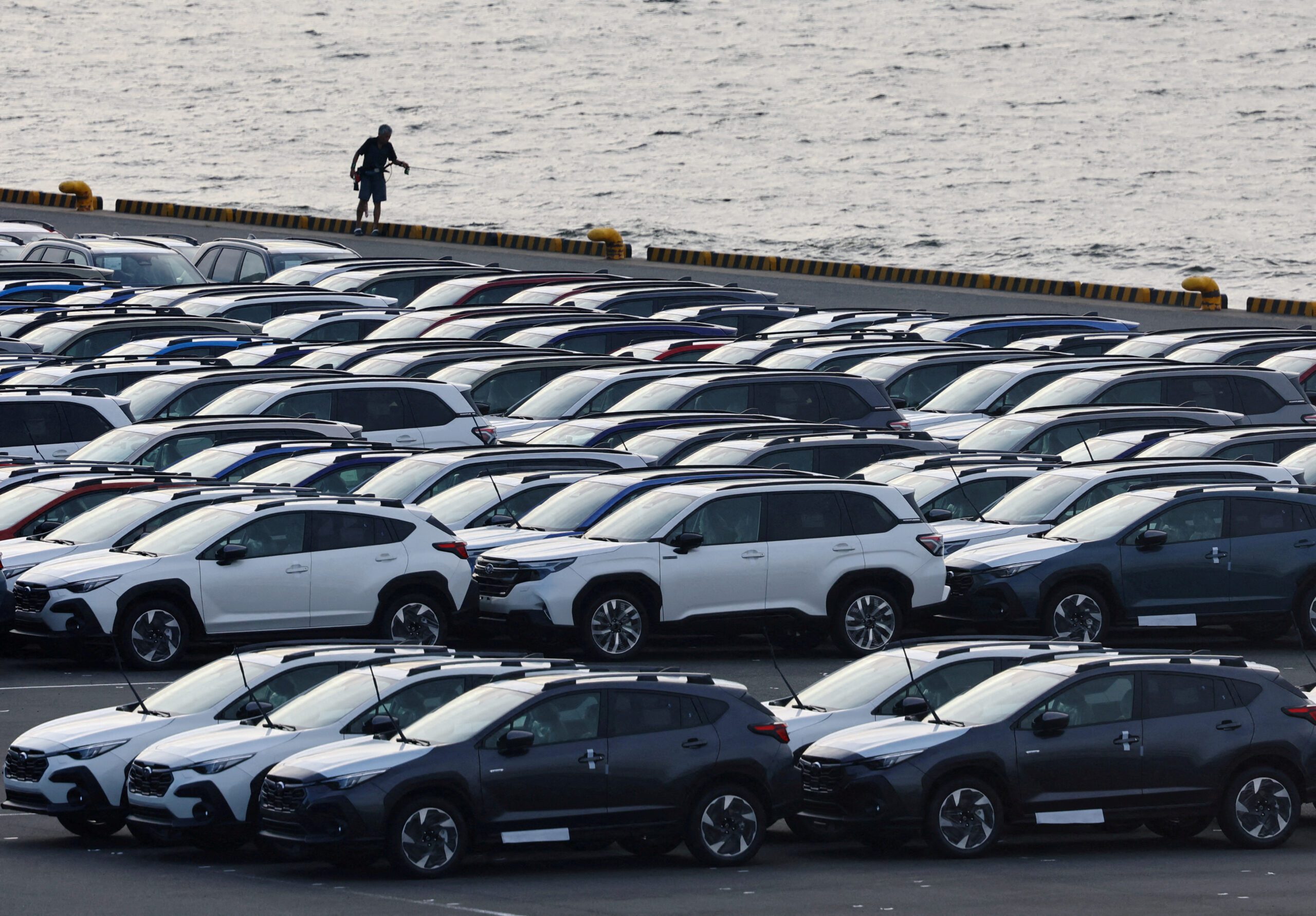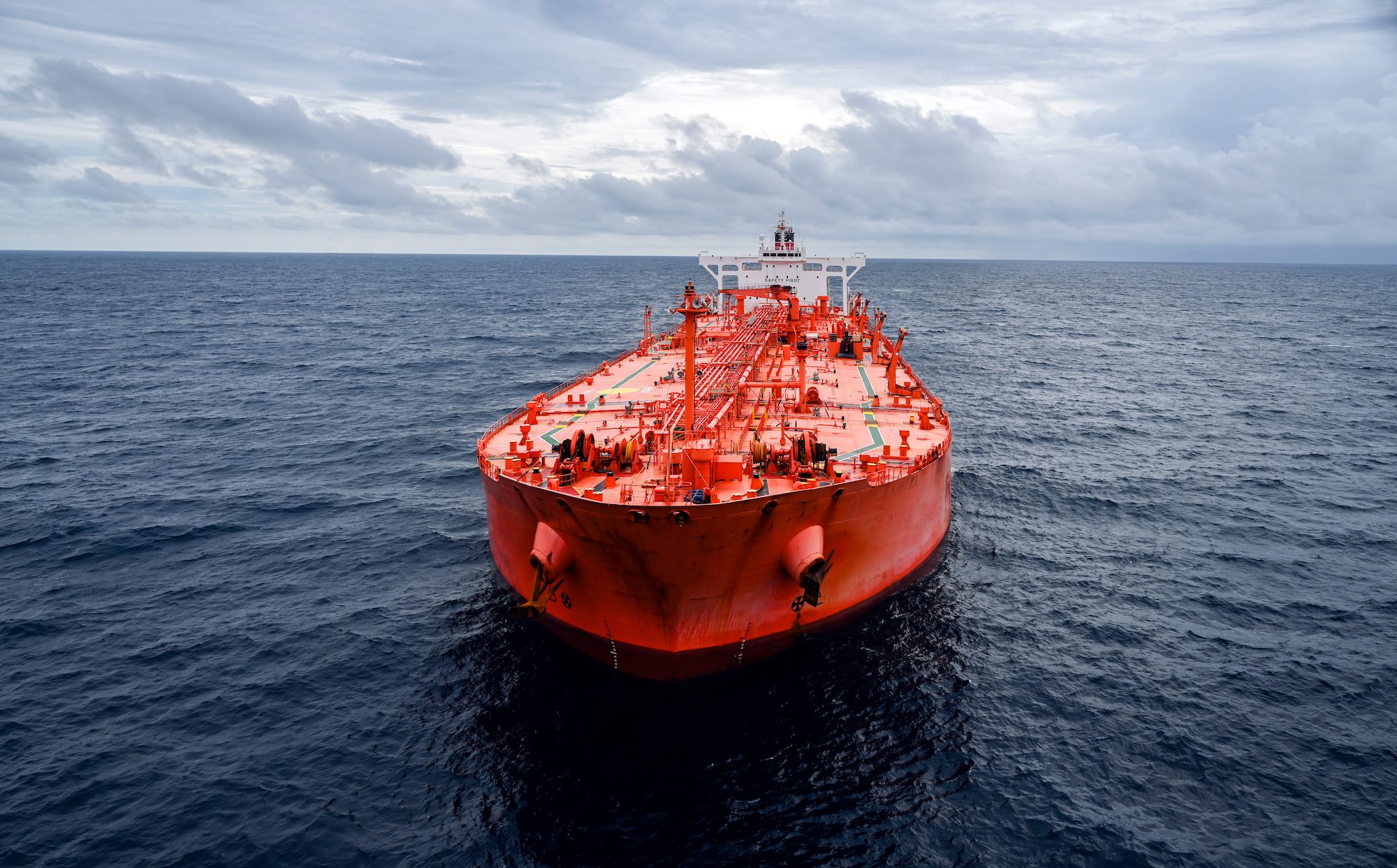click for larger
A dangerous winter storm is developing rapidly over the western North Pacific east of Japan, one that has the potential to be even more powerful than Hurricane Sandy.
During the next 24-48 hours this storm will deepen to 938 mb with winds Force 10 or more (55-80 knots) and significant wave heights building as high as 19 meters (63 feet) within 420 NM south and southeast of the center.
Sandy, by comparison, reached a minimum low pressure of 940 millibars.
This is a very dangerous storm and all shipping should stay well clear of it’s path.
Since wave energy increases by a factor of 4 as the wave height doubles, a 19 meter wave is extremely powerful.
The NOAA wave forecasts are for the “significant wave height” which is defined as the average of the 1/3 highest waves. This means that some waves could be still higher. Given a 19 meter significant wave height there is a 1 out of 10 chance that of an individual wave reaching 24 meters (79 feet) could be encountered and a 1 out of 100 chance for a wave reaching over 31 meters (101 feet)!
Read more on waves

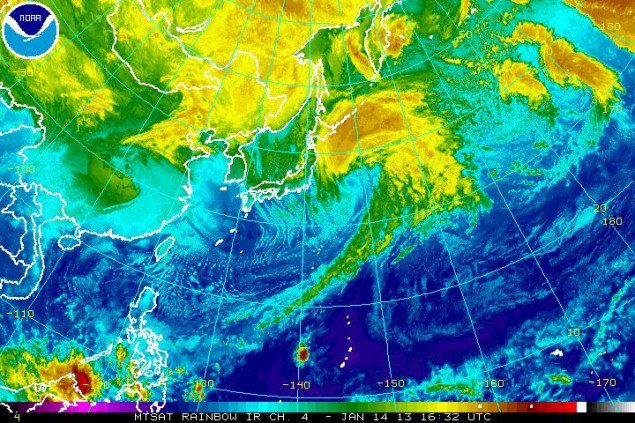
Few people (outside of Mariners) realize that there is another season of hurricane winds that occur each year over both the Atlantic and the Pacific that runs from September to May. These storms are not tracking through the tropics, but instead are associated with the extratropical cyclones of the higher latitudes. The frequency of hurricane-force wind events begins to increase in September and October, peaks in December and January, then tapers off sharply in April and May. Some studies suggest there could be as many as 40 such events each season in both the North Atlantic and North Pacific Oceans.
When these hurricane-force storms occur over or near the main trans-oceanic shipping routes, they pose a significant threat to life and property from winds and high waves. The 1991 Halloween Storm of “Perfect Storm” fame produced hurricane force winds with verified waves to 100 feet. In 1998 the containership APL China lost 388 containers with another 400 damaged when it encountered hurricane force winds and 70ft waves in the North Pacific from an extra-tropical cyclone that was infused with energy from what was once “Typhoon Babs”.
Follow the discussion HERE

 Join The Club
Join The Club



